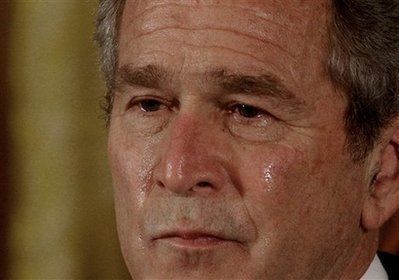
During this administration's last lame duck months, there has been an effort to minimize the importance of a new congressional report about the probabilities of another catastrophic domestic terrorist attack. According to this newest report, the most realistic threat won't come from weapons being smuggled across our borders and assembled on U.S. soil by foreign terrorists. Instead, the report suggests that the weapons of choice will more likely be deadly chemicals being used every day at a variety of manufacturing facilities around the U.S.
Dangerous and volatile chemicals such as chlorine gas and sulfur dioxide have potential to be terrorist weapons for a lot of reasons. Homeland Security analysis models show that both chemicals are easily accessible at hundreds of industrial facilities in the U.S. Secondly, approximately 80 million Americans live within the toxic cloud range of chemical facilities where these chemicals are either shipped out or received. It is not just the unguarded and unmonitored chemical-using facility itself that is the potential ground zero for a chemical attack. Trucks and railroad cars carrying ready-made chemical WMDs are easy and likely targets.
For years, activist groups familiar with the catastrophe potential of this set of facts have proposed solutions that have been ignored by this administration. Parts of the chemical industry itself have gone as far as to suggest that the only practical defense to the problem would be to remove the threat from U.S. soil by removing certain chemicals from the chain of commerce. The most dangerous chemicals such as chlorine gas and sulfur dioxide are replaceable with less threatening products such as liquid bleach, ultraviolet light, and ozone. But money talks in stories like this.
A handful of America's most politically and economically powerful chemical manufacturers have spread around huge political influence money so they can maintain business as usual. It's not that the most dangerous chemicals can't be easily replaced. It is that such a replacement would affect corporate bottom lines for several quarters. Executive orders with this president are as common as corrupt politicians, but for years he has been unwilling to order that a safe chemical replacement program take effect immediately. Homeland Security can demand that millions of Americans remove their shoes to pass through security at an airport. They could also easily demand that corporations like Dupont and Dow Chemical place the safety of millions of Americans on a priority list that ranks higher than quarterly profits.
Dow Chemical already has a Bhopal, India experience that shows them the catastrophic potential of chlorine gas. Also factor in that Bhopal was an accident and not an intentional sabotage effort by terrorists with a plan.
This government's own modeling five years ago told them that an average chlorine gas accident within a typical American urban population would kill nearly 18,000 men, women, and children.
Anyone reading the 9-11 Commission Report could conclude that the Twin Towers attack was entirely avoidable if only this president had read his own briefing memos. My bet is that there are numerous memos about this issue sitting somewhere in a pile of disorganized papers around the Oval Office, no doubt still unread. Let's hope Obama finds them.